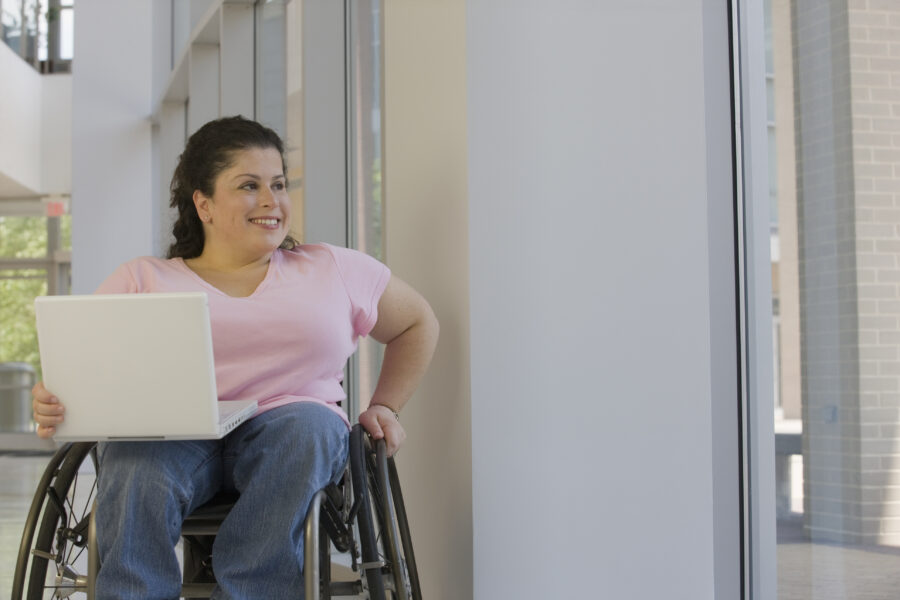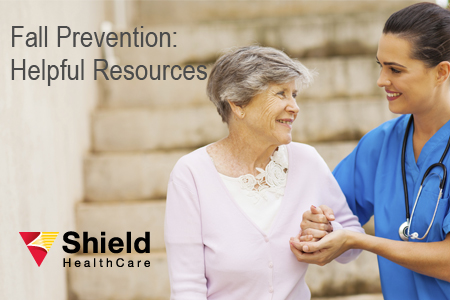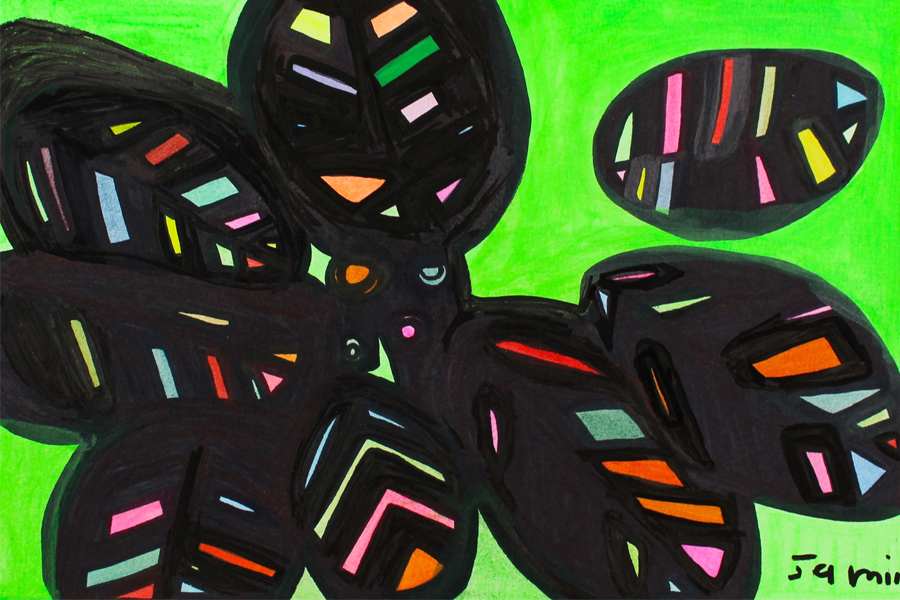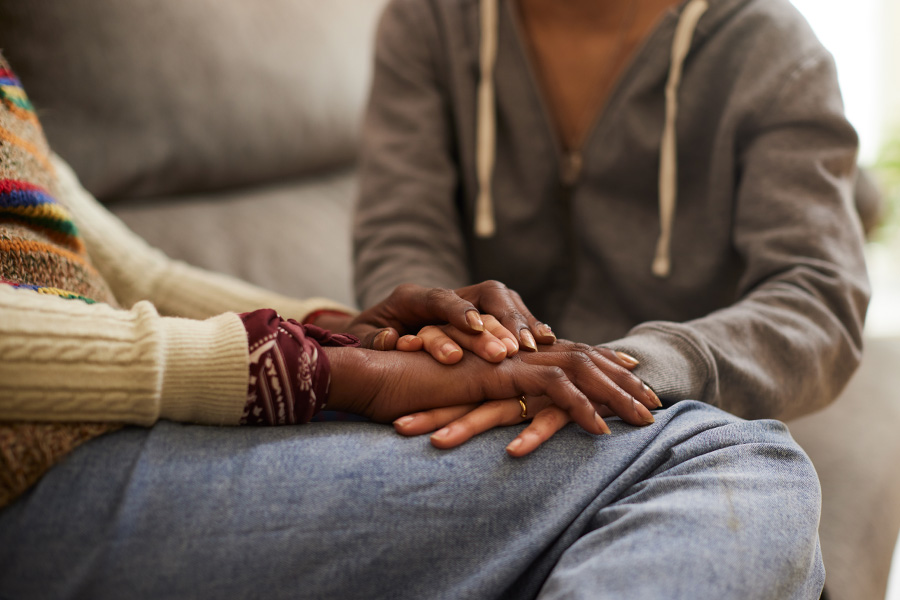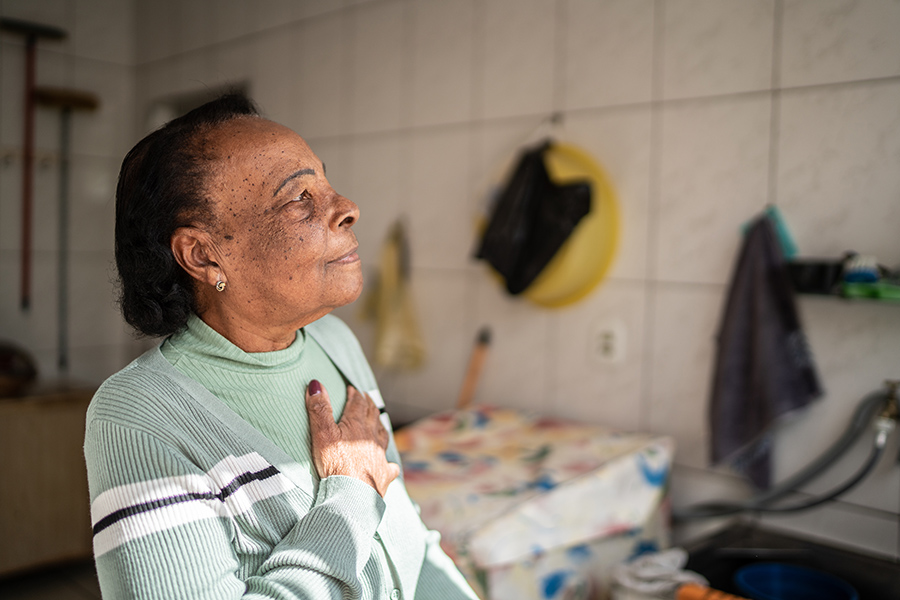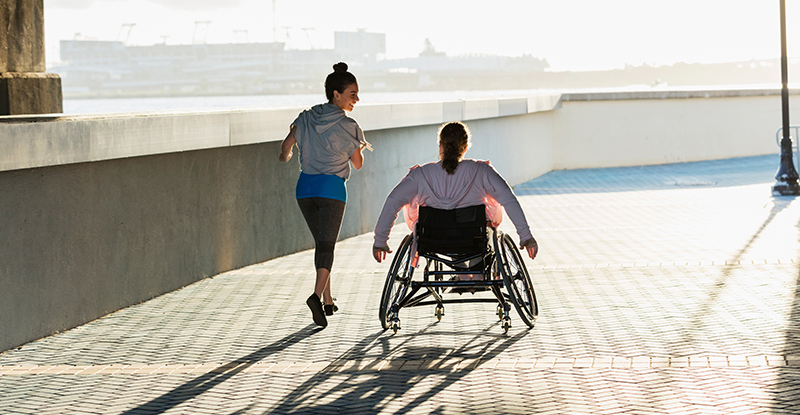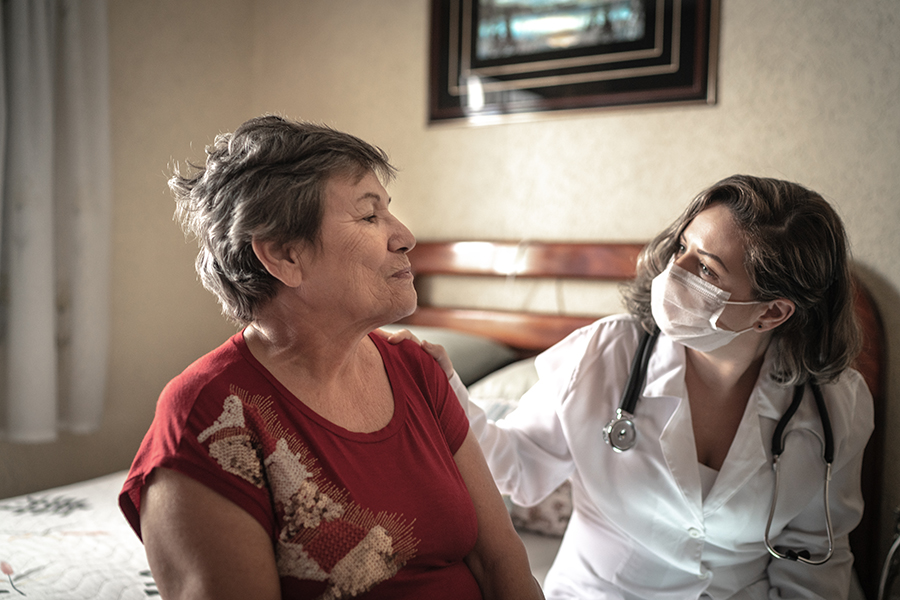Because of continuous advancements in modern medical care, the likelihood of an individual with spina bifida (SB) living a full lifespan – similar to their typical peers – increases every day. With access to quality medical care and support, people with spina bifida can expect to lead long and healthy lives. However, the severity of the condition can range from very mild to very severe, and compounding medical issues can vary greatly as a result.
As more adults age with SB, they may encounter different medical issues than children, and may require different levels of medical expertise.
Related: What is Spina Bifida?
Health Challenges Affecting Adults with SB
Accelerated aging process
A normal aging process typically involves factors like a decrease in muscle strength, flexibility, stamina, and sensory abilities. Adults with spina bifida experience the usual manifestations of age, but since spina bifida puts pressure on many body systems, age-related declines may occur more quickly. Age-related declines may also impact the areas of the body affected by SB more severely than typical adults.
Shunt failure
A shunt is a device that drains cerebrospinal fluid (CSF) out of the brain. It consists of a system of tubes, with a valve to control the rate of drainage and prevent back-flow. A shunt is inserted surgically so that the upper end is in a ventricle of the brain and the lower end leads into the abdomen.
In most cases the shunts are intended to stay in place for life, although shunt revisions may be necessary as a person grows or if complications such as infection, blockage, or mechanical failure arise. If the shunt fails, it can result in neurological problems with thinking and speaking. Shunt failure can also contribute to Chiari brain stem compression, which is a condition in which the skull pushes down on the cervical spine.
Spinal cord tethering
In spinal cord tethering, the spinal cord becomes attached to surrounding tissue instead of remaining free in the spinal canal. Spinal cord tethering can occur for the first time at any age, although it’s more likely to occur if there has been a previous tethering and detethering, which may have created scarring. Symptoms include:
- Skin sores
- Orthopedic changes, such as a foot starting to turn in our out
- Rapid progression of scoliosis
- Loss of sensation
- Pain in lower extremities
- Urinary tract infections/leakage
- Changes in bowel patterns
Tethering can be corrected through a surgical procedure.
Urinary/bowel system changes
Individuals born with Spina Bifida are almost always found to have a neurogenic bladder, due to an atypical development of the nerves in the spinal cord that control the bladder. This means that the bladder has trouble storing urine, emptying the bladder, or both. The external sphincter also may not get a message from the brain to hold or release stool. As a result, stool is not eliminated from the body and a bowel training program is necessary.
Over time, urinary and bowel systems can change, resulting in incontinence and/or frequent infections. Changes in bowels can depend on how consistent the individual has been able to be with diet, regular exercise and timed evacuation to manage the conditions above. Doctors are not yet sure about the long-term effects of chronic enemas, rectal bulbs and similar practices, although the rate of renal failure has declined significantly.
Bowel symptom changes may include:
- Constipation
- Urinary tract infection
- Incontinence
- Worsening abdominal pain
If you are experiencing these symptoms, see a doctor immediately.
Orthopedic issues
Individuals with spina bifida face more challenges with their bones than their typical peers. For this reason, it is particularly important that individuals with SB consume enough calcium and vitamin D. Spina bifida can lead to changes in body composition and bone mineral density (BMD) through diminished ambulation, renal impairment, and anticonvulsant medication.
Early onset arthritis is common for individuals with SB, especially for those who use their shoulders to ambulate. Poorly-fitting braces or crutches may contribute to early arthritis onset. Knees are also prone to arthritis, particularly in adults with an abnormal gait who do not use crutches. Scoliosis and spinal stenosis may worsen with age, especially for individuals using wheelchairs as a mobility tool. People with SB experiencing joint, bone or back pain should see a doctor specializing in bone, muscle, and nerve rehabilitation.
Skin issues
Because spina bifida is a neural tube defect, often affecting the spinal cord nerves and the bones of the spine, people with spina bifida may have challenges with sensitive skin and pressure injuries on the skin. Loss of skin sensation is common in adults with SB, as is latex sensitivity or allergies. Skin-related problems include:
- Poor circulation
- Inability to sweat
- Latex allergy or sensitivity
- Limited sensation
- Pressure injuries
- Bruising or slow wound healing
Prolonged pressure on soft tissue, skin and muscle can cause pressure injuries. According to recent data in the National Spina Bifida Patient Registry, one in four individuals with SB has a history of pressure injuries, with one in five experiencing one in the past year. Individuals with SB should check their skin daily for redness or wounds, and take action to prevent infection. In particular, take care to assess pressure points, such as the sacrum, coccyx, buttocks, heels, hips and beneath medical devices. Inspecting these areas daily can help catch pressure injuries before they progress.
Skin care tips for adults with spina bifida incluide:
- Avoid hot water, and be careful when applying heat or cold – especially to affected parts of the body. Individuals with SB are at higher risk of burns from common household items such as hot dishes, hot car seats, or metal seatbelt clasps, due to lack of sensation.
- Wear properly fitting shoes at all times.
- Use sunscreen and be careful of time spent in the sun.
- Avoid sitting or lying in one position for too long. Those who use wheelchairs as a mobility tool should change sitting positions every fifteen minutes.
- Keep skin clean and dry, especially in areas at higher risk of pressure injury.
- Drink approximately eight cups of fluid per day to keep skin well-moisturized and at full tensile strength.
High blood pressure
Hypertension, or high blood pressure, is associated with heart attacks and strokes. In a person with hypertension, the arteries have too much resistance to the force of blood pumping against them. Unmanaged hypertension can shorten someone’s life by several years. People with spina bifida are more prone to hypertension than in the general population. This may be due to a higher frequency of some risk factors in this population, or possibly due to kidney scarring.
Hypertension risk factors include:
- Family history
- Obesity
- High salt intake
- Sleep apnea
- High stress
- Excessive alcohol consumption
- Smoking
- High cholesterol and triglycerides
Hypertension at a younger age is common for those with spina bifida. Individuals with sb should monitory their blood pressure and receive regular checks from a healthcare professional.
Lung health
Spina bifida also affects the respiratory system. There are two types of lung diseases: obstructive and restricted.
An obstructive lung conditions refers to something blocking the breathing. Chronic obstructive pulmonary disease, or COPD, is one of the most common obstructive lung diseases. It refers to a group of diseases that cause airflow blockage and breathing-related problems, such as emphysema and chronic bronchitis. Obstructive sleep apnea – when the throat muscles relax during sleep and block the flow of air into the lungs – is another obstructive lung condition. Obstructive and central sleep apnea are common among people with SB, and they can cause long term damage to the heart. A common symptom is excessive sleepiness during the day. Adults with SB who snore, feel consistently tired, or have to take naps during the day should be evaluated by their physician.
Restrictive lung disease refers to the inability of the lungs to fully expand when taking a breath. Put another way, it is a decrease in the total volume of air that the lungs are able to hold. This is often due to a decrease in the elasticity of the lungs themselves, or caused by a problem related to the expansion of the chest wall during inhalation. Conditions like scoliosis, structural defects, Chiari brain stem compression, or even the weakness of the abdominal or chest wall muscles can affect the expansion of the lungs and harm breathing capacity.
Obesity
Adults with spina bifida tend to have higher rates of obesity than people without SB. People with SB often have reduced mobility and may spend more time in wheelchairs. Those who can walk often tend to walk less as their age increases. Exercise is challenging for those with SB. All these factors increase weight gain and can lead to obesity.
Regular exercise and a healthy diet can help head obesity off at the pass. People with SB are encouraged to maintain a healthy diet which also benefits the bowels. This may include a diet limiting processed foods, white sugar and flour, and fast foods, and leaning heavily into whole foods, inlduding fiber-rich fresh fruits and vegetables.
Regular physical activity is important for all people, but especially for those with conditions that affect movement, such as spina bifida. There are many ways for people with spina bifida to be active, including:
- Rolling or walking in the neighborhood.
- Lifting weights.
- Participating in indivdual or team sports (swimming, for example).
Related: Life Beyond Spina Bifida: Meet Kumaka
Pregnancy with Spina Bifida
Individuals with SB of a childbearing age are able to get pregnant, but may experience a more complicated pregnancy.
As a general rule, if either the childbearing parent or their partner has spina bifida, or if one of them has already had a child with spina bifida, they have a 1 in 25 chance of having another baby with the condition. A genetic counsellor may be a good idea to discuss each individual’s risks and to help set expectations.
Vitamins before/during pregnancy
To lower the chance of having a baby with spina bifida or anencephaly (a fatal condition where the baby’s brain doesn’t develop), the childbearing parent is advised to take 5mg of folic acid and 2.5mcg of Vitamin B12 for approximately 3 months prior to conception.
Medications and pregnancy
Some epilepsy medication, such as sodium valproate are associated with several health problems in babies. Childbearing parents with epilepsy may be advised to change medication. This would need to be done gradually, under close supervision and can take several months to do safely. Doses may also need to be adjusted during pregnancy as blood volume increases.
Individuals who take pain medication may also be asked to reduce or stop this medication before pregnancy and during the first few months of pregnancy at the least. Some medicines should be reduced slowly over several weeks to prevent withdrawal symptoms.
Kidney health
Individuals with renal problems should talk with a urologist or nephrologist and evaluate pregnancy safety. As pregnancy progresses, the pregnant person’s blood volume will increase by 30%, and all this extra blood needs ‘cleaning’ by the kidneys. Individuals with SB are at higher risk for kidney disease, so a blood test prior to pregnancy may be recommended to make sure the kidneys are still functioning properly.
Bladder and bowels during pregnancy
People with SB are more prone to UTIs and may be on preventative medications. While some antibiotics are safe during pregnancy, others – such as Trimethoprim – is associated with birth conditions, including spina bifida. If the intended parent is taking prophylactic antibiotics to prevent UTIs, or medication for an overactive bladder, talk with a urologist about whether it will be safe or advisable to stop.
Pregnant people with SB may already have an overactive bladder, which can be compounded by the stresses of pregnancy. These individuals may experience increased leakage, frequency and urgency of passing urine, especially as pregnancy progresses. For some individuals, this may lead to reflux back to the kidneys, and regular scans may be necessary. Some women find it gets much harder to catheterise in the last few months of pregnancy.
Most women, with or without spina bifida, find they get more constipated during pregnancy. Increasing water intake, eating plenty of fruits, vegetables, and pulses (lentils, peas and beans) can help, as can a regular laxative.
Shunt complications during pregnancy
Many individuals with shunts have completely routine pregnancies, with no shunt complications at all. If a Caesarean delivery is necessary, make sure the Obstetric team is aware of the shunt so that they can coordinate with a Neurosurgeon before delivery.
Other pregnancy complications
Individuals with spine curvature may have unique challenges. Curvature of the lower spine can mean less space for the baby to grow and may need extra monitoring in the later months of pregnancy. Curvature of the upper spine can make it harder to breathe, especially as the baby grows up under the ribcage. Those with severe curvature may find it best to deliver their babies a little early.
Some people with spina bifida have changes to the shape of their pelvis, which can mean a Caesarean would be safer than delivering vaginally. This guidance is usually provided by healthcare staff in the last 6-8 weeks of pregnancy, as the baby’s approximate size at birth is more accurately assessed.
As pregnancy progresses, pregnant individuals typically gain weight and change body shape, which can affect balance. This can have a greater impact on those who use calipars or crutches for mobility, and wheelchair use may be recommended for a period of time for safety.
Delivery
A Caesarean might be a safer option than vaginal delivery for people with SB who have narrow pelvises, or if the abdomen muscles are not strong enough to push. A Caesarean might also save damage to the pelvic floor. However, a vaginal delivery is the preferred method of birth for most babies, and parents who give birth vaginally are often able to return to their usual activities sooner than after a Caesarean. Parents with SB who choose to pursue a vaginal birth may need closer monitoring than typical women during delivery.
Epidurals may be an option, but this will vary from person to person. The spina bifida lesion and shape of the bones can stop the spinal analgesic from working. It’s a good idea for people with SB to discuss pain management with their OB well ahead of delivery and explore options for pain relief.
After delivery, some people with SB face changes in mobility, bladder function and body sensations. People with SB should talk to their primary care physican and OB team about what challenges to expect postpartum, and what bodily changes may be permanent.
For more information about aging with spina bifida, visit “Living with Spina Bifida.”
Sources include:






